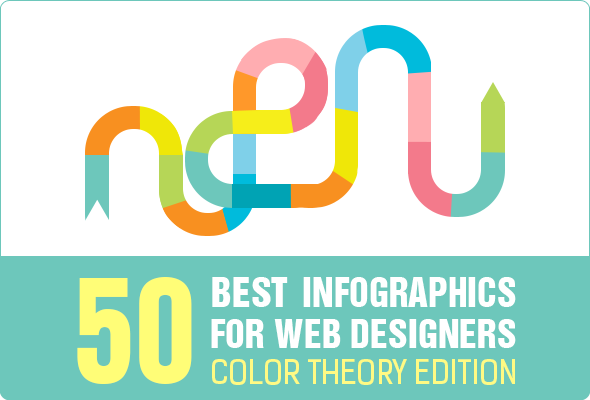The Growth Of Site Design: From Earlier Times To Now
The Growth Of Site Design: From Earlier Times To Now
Blog Article
Web Content By-Hartley Bojesen
In the past, sites were basic and concentrated on info. Navigating was straight, and design was for desktop computers. Now, individual experience is crucial. Information guides designs for easy navigation. Responsive designs suit different gadgets. Today, dark mode reduces pressure, and minimal menus enhance navigating. Interactive features engage customers, and strong visuals stand out. AI assimilation boosts engagement. See just how layout has actually progressed to improve your online trip.
Very Early Days of Web Design
In the very early days of website design, simplicity reigned supreme. Websites were standard, with minimal shades, fonts, and layouts. The focus was on giving information instead of showy visuals. Customers accessed the web through slow-moving dial-up links, so speed and performance were essential.
Navigation menus were straightforward, generally located on top or side of the web page. Websites were developed for computer, as mobile browsing had not been yet common. Material was king, and developers focused on easy readability over complex design components.
HTML was the primary coding language made use of, and designers had to function within its constraints. Computer animations and interactive functions were very little compared to today's requirements. Sites were fixed, with little dynamic content or personalized user experiences.
Increase of User-Focused Design
With the development of website style, a change in the direction of user-focused style concepts has come to be progressively prominent. Today, developing websites that prioritize user experience is crucial for engaging visitors and attaining company objectives. click the up coming webpage -focused design entails comprehending the demands, preferences, and behaviors of your target market to customize the internet site's format, content, and features as necessary.
Developers now carry out extensive research, such as customer studies and functionality screening, to gather understandings and feedback directly from customers. This data-driven approach helps in developing intuitive navigating, clear calls-to-action, and aesthetically appealing user interfaces that reverberate with visitors. By positioning the customer at the center of the design procedure, sites can provide a much more personalized and enjoyable experience.
Receptive design has additionally become an essential facet of user-focused style, guaranteeing that internet sites are maximized for various tools and screen dimensions. This adaptability improves ease of access and usability, catering to the varied ways users engage with sites today. Essentially, the increase of user-focused design represents a change in the direction of producing electronic experiences that focus on the demands and assumptions of the end user.
Modern Trends in Web Design
Discover the latest trends shaping web design today. One famous pattern is dark setting style, providing a sleek and modern-day look while lowering eye strain in low-light atmospheres. One more crucial trend is minimalist navigating, streamlining menus and boosting individual experience by concentrating on essential elements. Integrating micro-interactions, such as animated switches or scrolling impacts, can develop an extra interesting and interactive internet site. Receptive style remains vital, making certain smooth user experiences throughout various gadgets. In addition, using vibrant typography and unbalanced formats can add aesthetic interest and accentuate certain content.
Integrating AI innovation, like chatbots for client support or individualized referrals, improves customer interaction and streamlines procedures. Access has likewise end up being a considerable pattern, with designers prioritizing inclusive design practices to deal with varied individual requirements. Welcoming sustainability by optimizing website efficiency for speed and performance is one more emerging trend in web design. Working together with customer feedback and data analytics to iterate and enhance design continuously is essential for remaining appropriate in the ever-evolving digital landscape. By embracing these modern-day patterns, you can produce a visually enticing, straightforward site that resonates with your target market.
Final thought
As you reflect on the development of website layout from the very early days to now, you can see just how user-focused style has actually ended up being the driving pressure behind contemporary trends.
Welcome the journey of adjustment and adjustment in web design, constantly maintaining the individual experience at the leading edge.
Remain present with the most up to date fads and technologies, and never quit developing your technique to create visually stunning and straightforward websites.
Progress, adapt, and create - the future of website design is in your hands.
